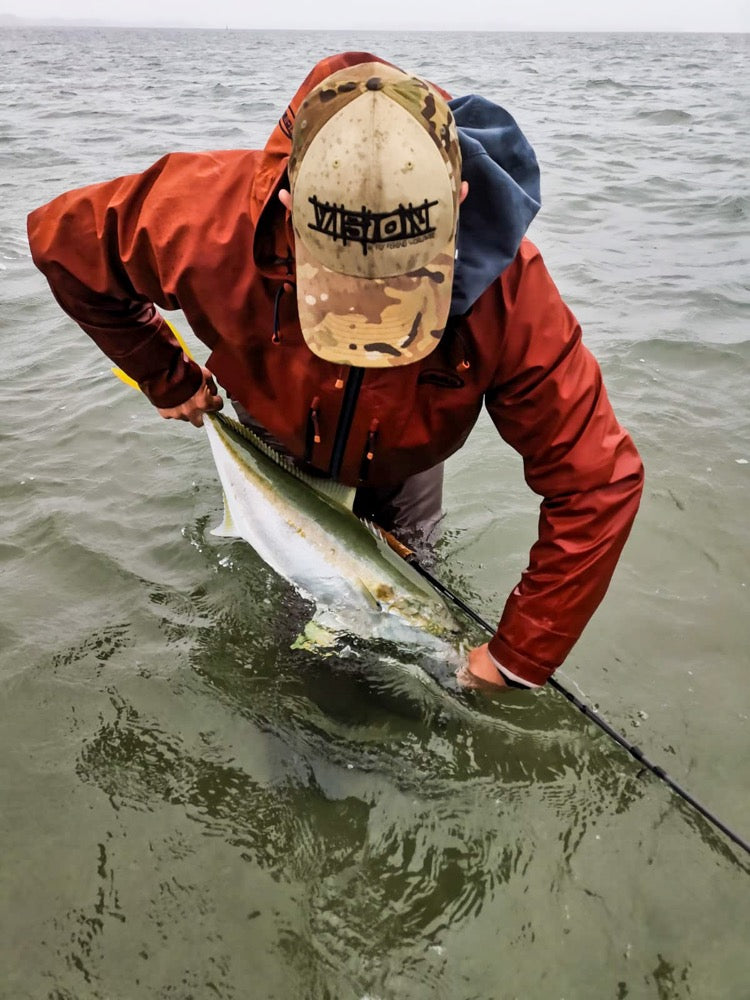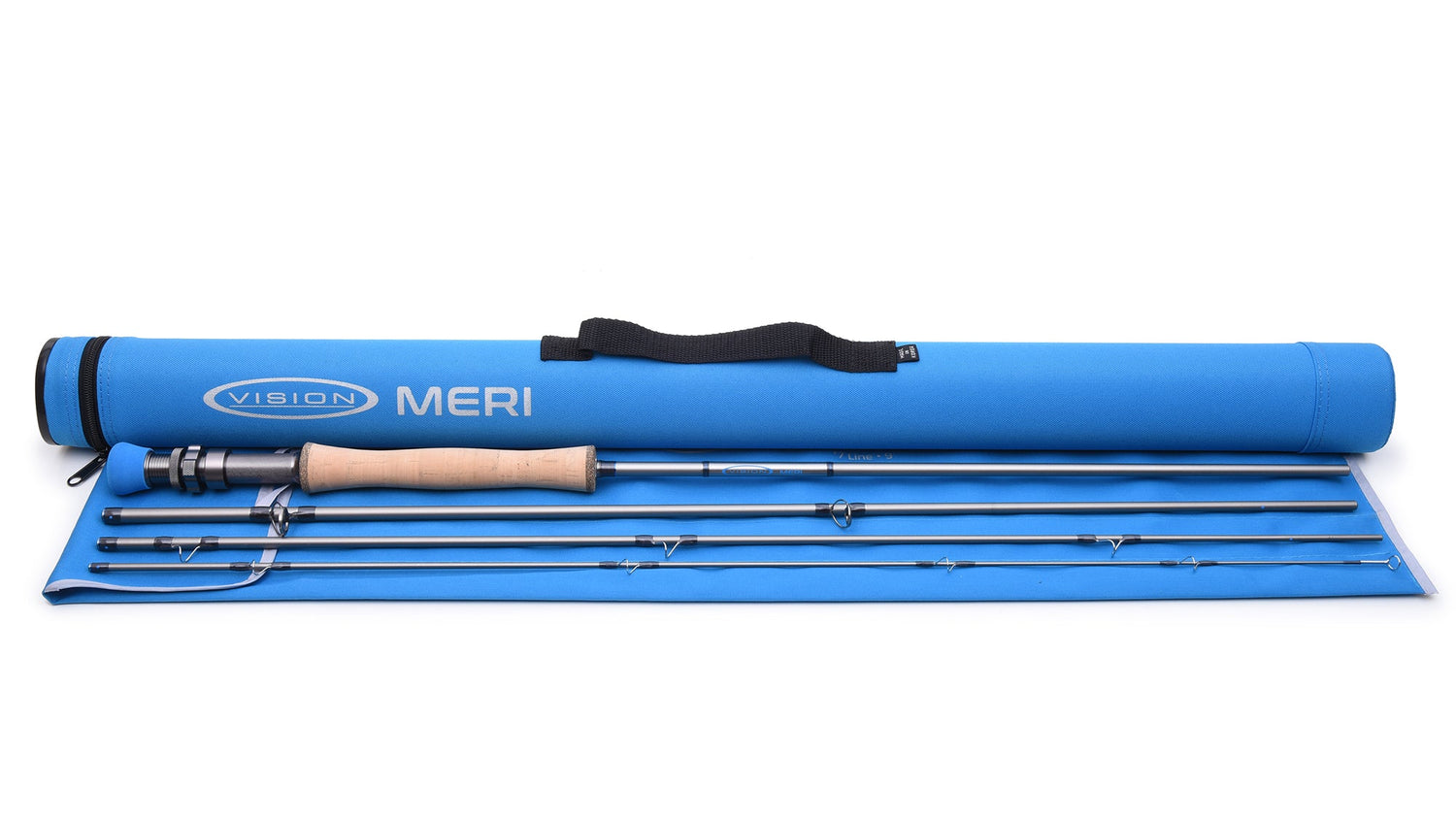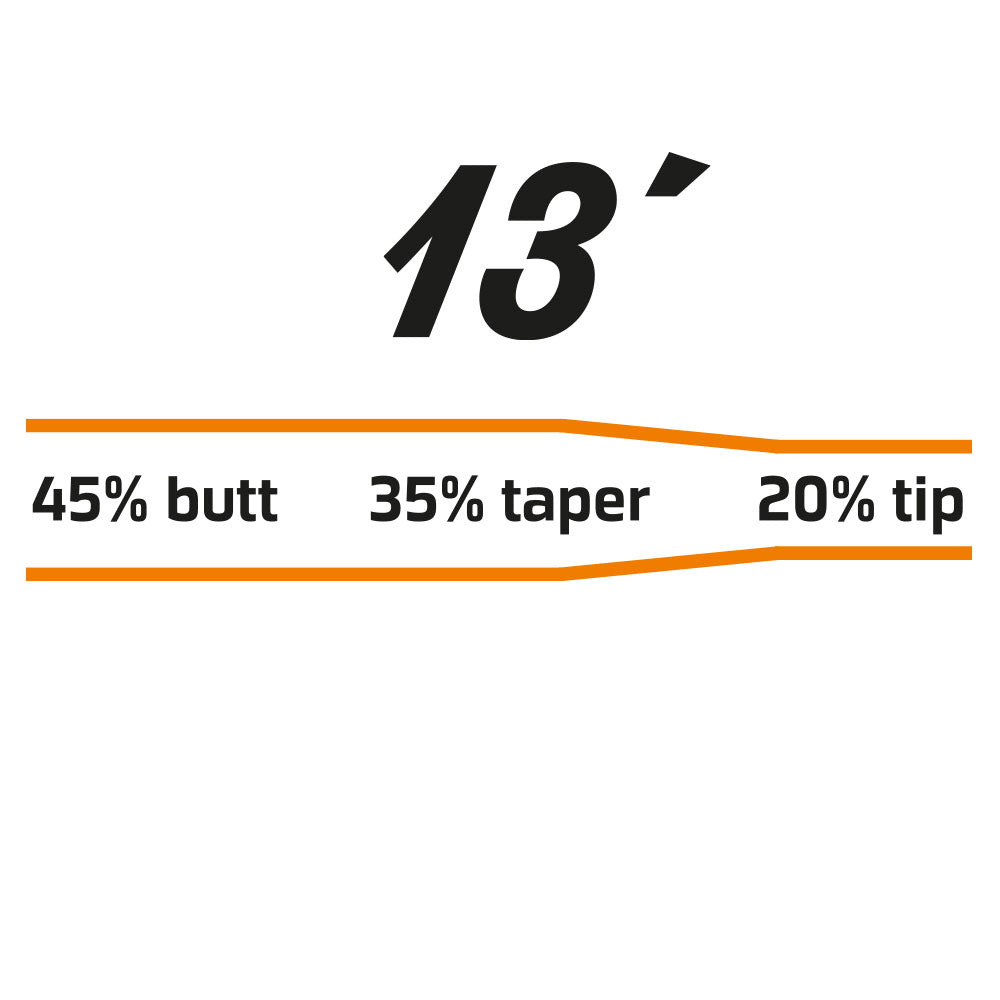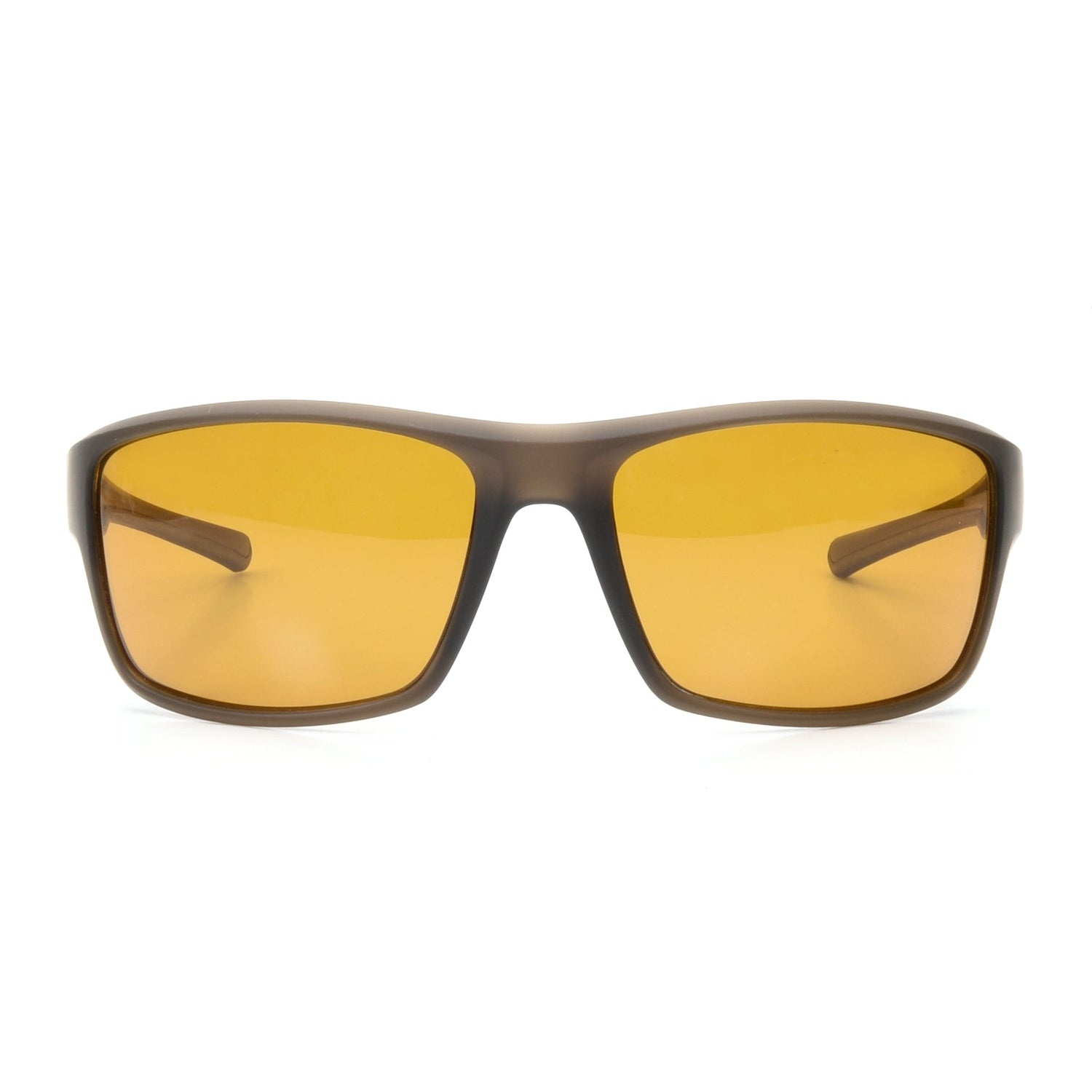Choices We Make is a series of in-depth interviews about interesting characters, stories and choices in the world of fly fishing. We only got one life and there are several ways how to make it count. In the first article of the series we hear a story of an angler who found his obsession for targeting blue fin tuna with a fly in Europe.
Interview:
Jari Koski is a maniac fly fisher and fairly legendary guy in Finnish and Scandinavian fly fishing scene. ”Japi” is well known for his enthusiasm for perch and pike fly fishing and has a long background in salmon fishing. But in addition to that we've heard that he has some sort of obsession for fishing Blue fin tuna with a fly. Japi, Tell us a bit about this, from where it has started and How it became an obsession?
"In the early 2010's I did several trips to the east coast of the USA fishing for False Albacore, which is a small to mid size tunoid species. I really fell in love in the high speed way that those fish feed in the surface. Getting your fly right in the middle of the feed was a rush and a way of fly fishing that really exited me. Those fish were a bit too easy to catch at times so I naturally progressed in to "Bigger Game" and that's when the BFT (blue fin tuna) madness started. BFT act and feed in a very similar way to their smaller cousins - they are just a lot harder to catch and figure out. They are also a lot bigger so there's a real challenge landing them on fly gear. They are in some way the blue water equivalent of a Permit even though there's not a lot in common fishing wise - the challenge however is at a similar level. These fish drive you MAD!"

Fighting with a Blue Fin tuna is an experience you'll never forget. Photo: Jari Koski archives.
Rumours have whispered that you are chasing this tuna species in Europe. Is this correct? What kind areas you are looking for them?
"Yes, some parts of Europe are a real hot spot for tuna fishing. The tuna stocks have been increasing steadily due to strong conservation efforts in the EU. You can find world class BFT fishing in many parts of the Mediterranean and also on a few spots on the Atlantic side. France and Spain are the two major players, but there are spots in Italy, Croatia etc etc where you can also find quality fishing. As fly fishing for tuna is still a very new thing (especially on this side of the pond) there is a lack of infrastructure (rental boats suitable for the sport and guides) in many potential areas so there's lots of unused potential."
"As far as good tuna areas goes, you should always look for areas where the really deep water comes as close to shore as possible. These so-called canyons are always great spots to find BFT. Other good places are river mouths (deltas) of big rivers that gather a lot of nutrients and baitfish and have deep enough water close by. Large rugged capes along the coast line are also always interesting."
You’ve told that part of the charm is the ultimate challenge and it’s not that many anglers who have catched the excact species with fly in Europe probably. Tell us Japi, What makes it so hard?
"When we first started there where only a handful of guys that had done it on the fly. Fortunately the sport has grown and there are many more guys around nowadays that have caught one on the fly. There are many aspects of the sport that makes it very challenging. First, the ocean is a big place and the tuna move huge distances. So the first challenge is to find the fish. Then if you find the fish you will always need loads of luck so that the fish act "fly friendly". That means that the fish aren't too boat shy and stay on top long enough to give us a shot."
"Fly fishing for BFT is the most physical form of fly fishing that I know. You will need to be able to cast long and fast casts from a rocking and somewhat moving boat. So you need good "sea legs" and a working physique to get things done. Things are a bit bumpy and very hectic at times. The better and more adaptable you are at casting your fly in these situations, the more good looks you will get. Then if you manage to cast your fly in the right spot at the right time, you will need to have the right type of fly on. At times these fish can be extremely picky. Especially when they are feeding on small bait. Lastly, you will need a bunch of luck to get that bite as there are so many variables that need to aligne. Sure, at times the tuna can act stupid and make things super easy, but that doesn't really happen very often with BFT. I've only seen a "stupid" bite two times in my "career", so most of the time you will be banging your head against the wall... It's a high risk - high reward type of sport."

A moment when the hard work has paid off. The feeling is hard to put in words. Photo: Jari Koski archives.
What kind of gear and flies are you using?
"BFT are eating machines. They are all muscle and have a very high metabolism. They are known for their long blistering runs. If you are lucky enough to hook one they are a lot of hard work to get to the boat. They eat many types of baitfish, squid and on occasion shrimp. The main baitfish that makes them feed on the surface here in Europe are anchovies, sardines and the somewhat rare mackerel bite."
"Most people use 12 to 14wt fly rods for BFT. Some like 15 or 16wt rods. Rods that have a durable and progressively bending blank are the best in my opinion. For example the Merisuola rods are just amazing. As a big part of the fight will be done vertically a rod that will shorten the lever nicely will be easier on your hand and less prone to break during the fight. All and all, the choice of rods for tuna fishing will always be a compromise. Some sort of balance between castability, power and durability has to be there to make things happen. Fishing for BFT needs long fast casts, so keep that in mind when you choose your rod. It's also a matter of skill level, experience and vertical fighting techinique - the better you are at those, the lighter you can go. "
"Good reels are even more important in the fighting part than the rod. You need a reel that will have room for 300 to 500meters of backing and a 12 to 15wt fly line. The drag on the reel should be reliable, steady and pack at least 5kilos of max drag. I've had reels fail on me mid fight and it really makes things hard. Merisuola reels are my go to reels nowadays. They have never failed me and are just about perfect for the job. I like to use thinner 50 to 65lb backing on my reels as this will allow me to put more backing on my reels and the thinner backing has much less water resistance than thicker 80 to 100lb backing."

World class species require world class gear. That's where Merisuola comes into the picture. Photo: Jari Koski archives.
"For fly lines I think intermediate lines are the most versatile ones. They cut through wind very well and you stay well connected to your fly even in choppy waters. Having a floating and a sinking line with you is something that I always also do even if I fish the intermediate line 80% of the time. If possible use fly lines that have 40lb+ core. We typically use a somewhat short 6-8' leader of 50 to 80lb fluoro or mono. The shorter leader straightens more easily in windy conditions and has a smaller chance of hitting the tail during the fight."
"As for flies, you only really need two patterns 90% of the time. Deceivers from 9 to 18cm in the typical SW colors and then Surf Candies from 3 to 12cm. If you want to broaden your box a bit, you can tie a few Gummy Minnows, clousers and some small Crease flies. I like to use relatively short shank hooks for my tuna flies. Tarpon hooks for my Deceivers and then live bait hooks for my Candies etc. You don't have to go crazy on the hooks as the mouth of a BFT is just about perfected for a fly. It has many good soft spots where the hook can bury itself into. That's why even small somewhat delicate hooks usually survive tunoids. If possible go barbless as it will save you and the fish a lot of trouble. Remember to check the hooks from time to time as you can many times hit the side of the boat or the motor in all that chaos and it's not nice to get that only bite of the day with a broken hook..."
Any tips for our readers. Where to start planning your own first trip if someone got now SERIOUSLY hooked already?
"First thing I would suggest is to get a good crew together. Fly fishing for BFT is a team sport. You really need someone to help out with line tangles (which happen all the time) and other unexpected things. The first rule of tuna fishing is that if there's something that can go wrong, it probably will... To be a successful tuna angler you will need to get used to loads of disappointments. Like I said earlier, it's a high risk high reward type of sport. You also need plenty of eyes on the boat to spot fish and to keep everyone hydrated. "
"There are two major seasons for tuna fishing here in Europe - the pre spawn fishery in the MED that happens from April to May in most areas and then the post spawn fishing that happens in both the MED and Atlantic side. On the MED and Atlantic this can happen from late July to as late as November. So if you need to plan your holidays, those are the times that the magic happens."
"If anyone needs more detailed help on how to plan their first BFT fly fishing trip you can always DM me on Instagram or ask the good folks at Vision to forward your emails to me on this subject. I am more than happy to help people step into this madness :)."'
Thank you Japi, it was a real pleasure as always!

Choices we make. Photo: Jari Koski archives.

































